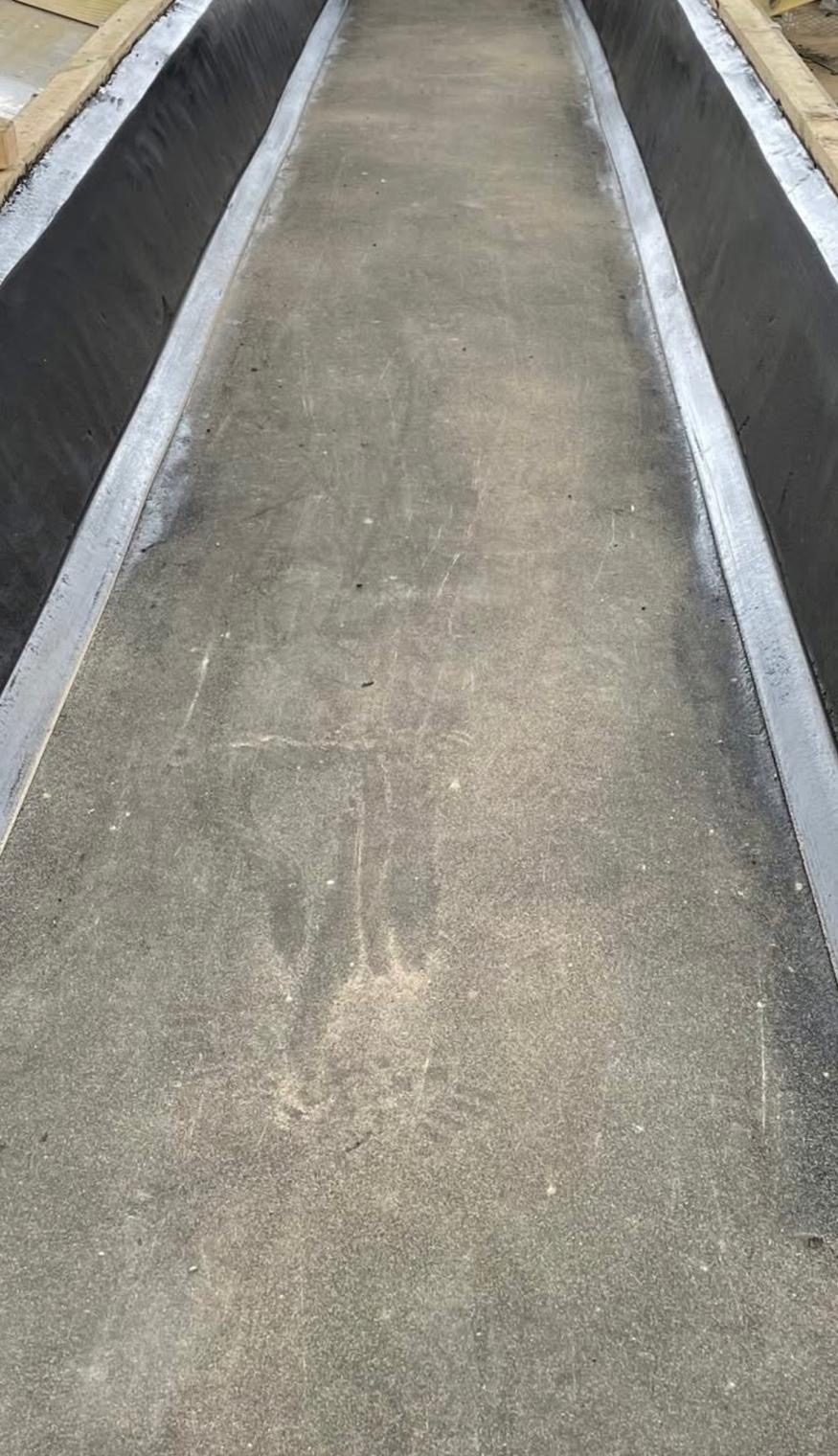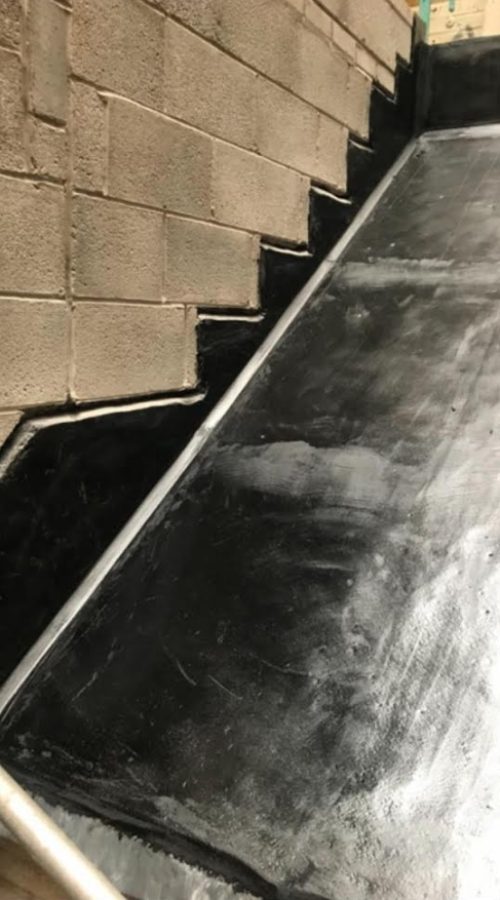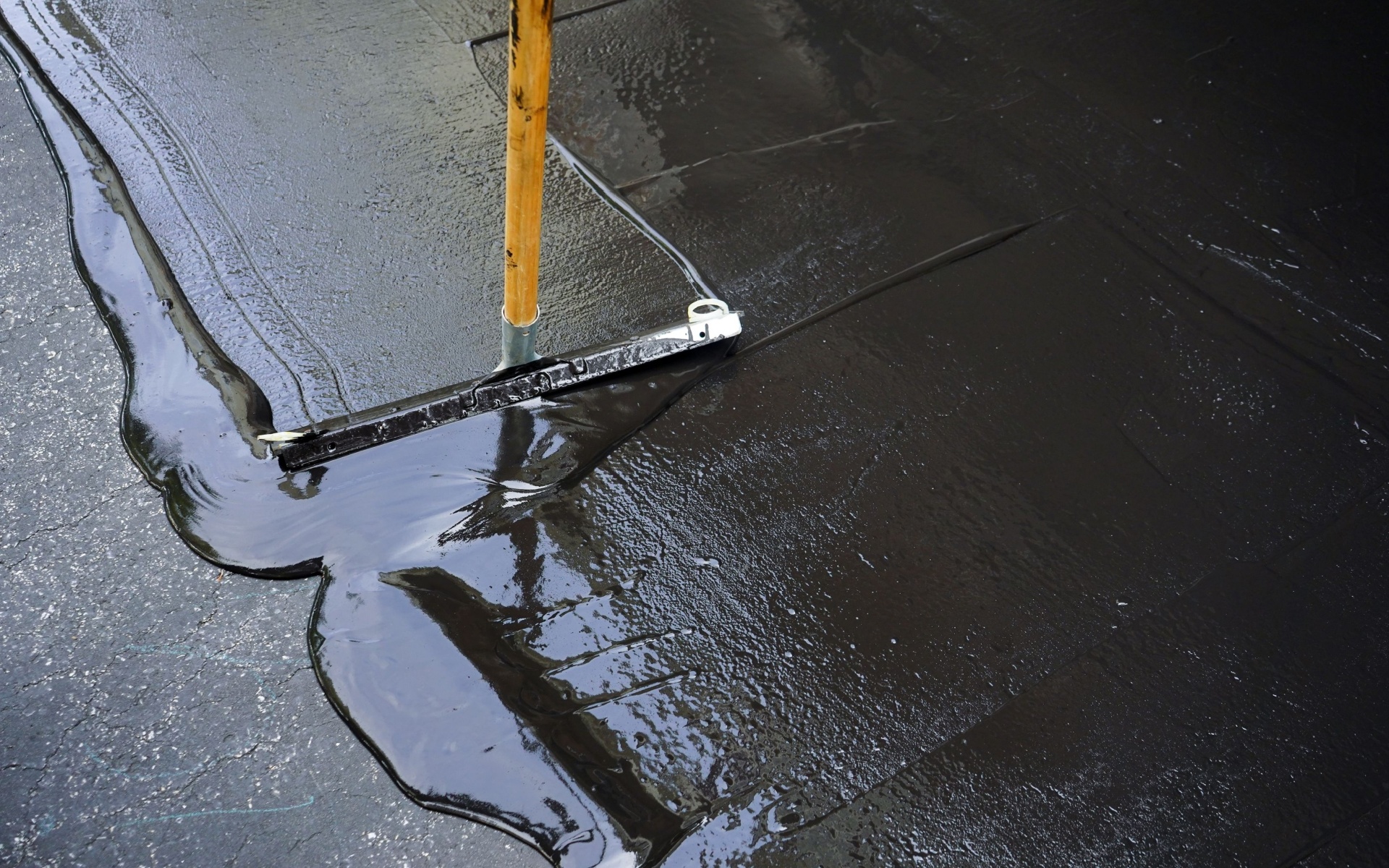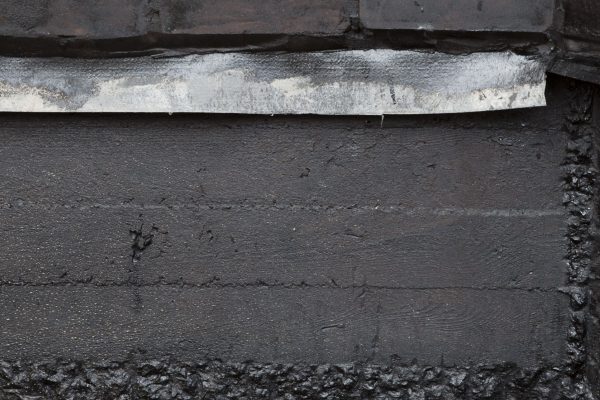Asphalt tanking is a robust waterproofing technique that involves applying mastic asphalt to surfaces such as walls, floors, and foundations to create an impermeable barrier against water ingress. It is widely used in both new builds and refurbishment projects, particularly in basements, lift pits, water tanks, and underground car parks. Known for its durability, longevity, and exceptional resistance to moisture, asphalt tanking is a preferred solution where water penetration could otherwise cause serious structural or cosmetic damage.
The primary material in asphalt tanking is mastic asphalt, a dense, highly durable compound made from bitumen, limestone powder, and fine aggregates. It is applied in molten form and spreads to create a seamless waterproof layer. Depending on the project, reinforcement materials such as glass fibre membranes or metal lathing may be incorporated for added tensile strength and flexibility. The use of primers is also common to ensure maximum adhesion to substrates.



The process of asphalt tanking typically starts with preparing the substrate, which must be clean, dry, and structurally sound. A bitumen-based primer is often applied first. Once primed, the mastic asphalt is heated in specialist equipment and poured directly onto the surface, where it is spread and smoothed using hand tools. In multi-coat systems, reinforcement layers are embedded between coats. The finished surface is usually protected with a screed, insulation board, or protective coating, especially in areas exposed to wear and traffic.
Asphalt tanking is highly versatile and is used across a range of sectors. In residential settings, it is often employed to waterproof basements, cellars, and balconies. Commercially, it is used in car parks, service pits, and plant rooms. In infrastructure, it finds use in tunnel linings, bridge decks, and reservoirs. Its ability to withstand hydrostatic pressure makes it ideal for below-ground installations or environments with high water tables.

© 2025. Burmac Asphalt – All Right Reserved